Racial categories are not fixed, innate, or rooted in biological categories. At best biology can find commonalities within population clusters which is different from race (or nationality). This makes racial categories a product of the social context and an expression of power. See this earlier post for an examination of how race has changed throughout the history of the US Census and more. See the book Stamped from the Beginning by Dr. Ibram X. Kendi for more on the historical construction.
One way to demonstrate the socially constructed nature of race and the problems of the categories is by examining the boundaries. Race is an ascribed status, meaning that it is applied to or given to a person by others. Who is considered White? Who is considered Black? Historically, there was the “one drop rule” that implied that if there was even a single drop of ancestral blood in one’s family tree that was Black, then that person was to be considered Black. Obviously, the enforcement of such an idea required that an observer make a judgment about a person based on their external appearance rather some sort of blood test. The ability to make such a judgment would certainly be highly subjective and contextual.
So, what are the boundaries of each socially constructed racial category? Generally, racial categories are constructed based on superficial biological characteristics of individuals such as skin tone, hair texture and color, eye shape, etc. To argue that the socially constructed racial categories are “natural” means that each category has to have definable boundaries. Instead what we find across the human race is a subtly gradated spectrum. This may not be evident when you compare two individuals at distant points along the spectrum, but when the spectrum is viewed all at once, the absurdity of the idea of distinct boundaries is clearly evident.
Photographer, Angélica Dass has embarked on a project to document every skin color present in humanity. Click on the image below to see more on her website and access her TED talk.
When viewed together, we see that people who may identify as a specific single category, say White, only look similar when compared to someone else far from them on the spectrum. Within “whiteness” there remains a spectrum with no clear boundary.
Even though racial categories are socially constructed, they have very real consequences. They were constructed and are maintained as a tool of power and privilege. There is a hierarchy imbued into the historical and current US racial hierarchy that generates advantages for Whites. White have higher rates of income, wealth, employment, education, and homeownership compared to Blacks in particular. (source NYT)
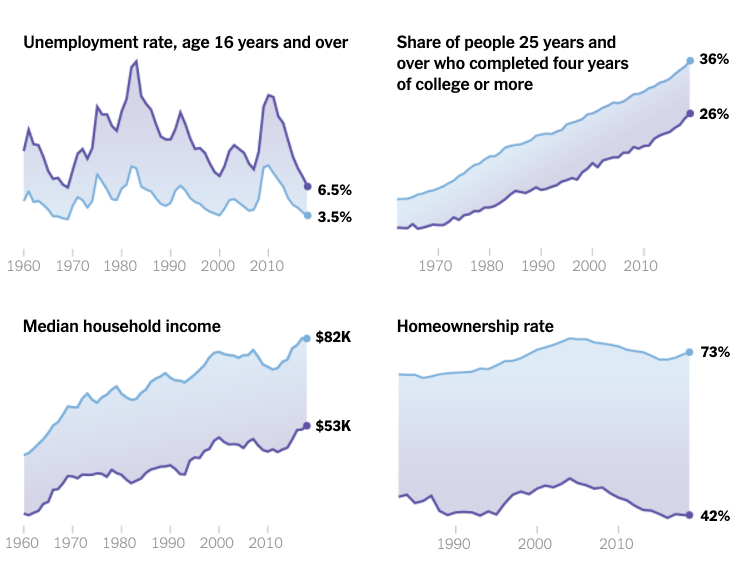
People that are socially constructed as Whites have longer life expectancy compared to those that are socially constructed as Blacks.

Unarmed whites are less likely to be killed in police encounters compared to unarmed blacks. See more here.
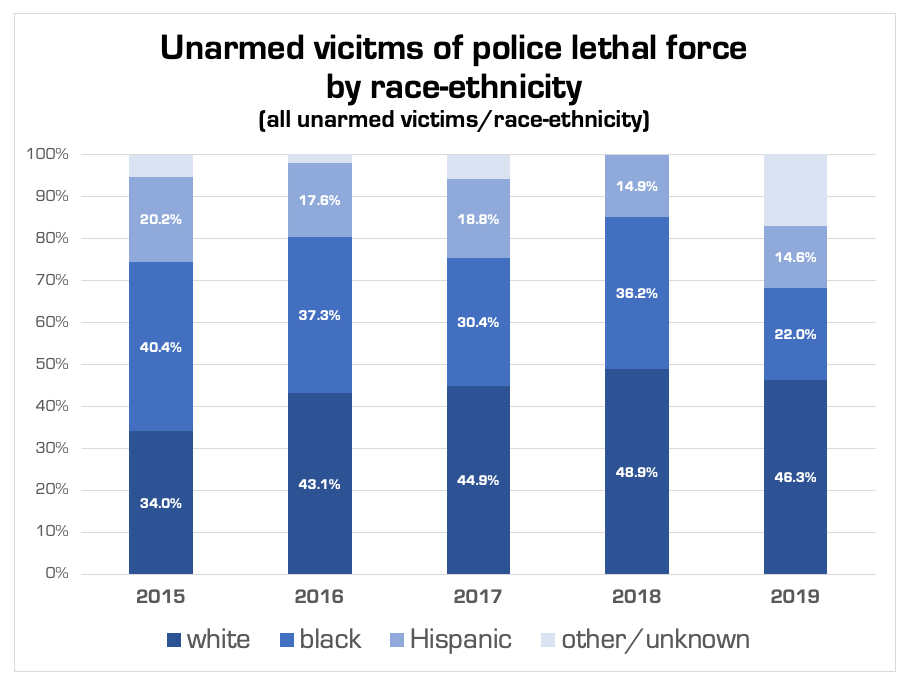
If we understand that race is socially constructed then we can begin to dismantle it.
Teach well, it matters.

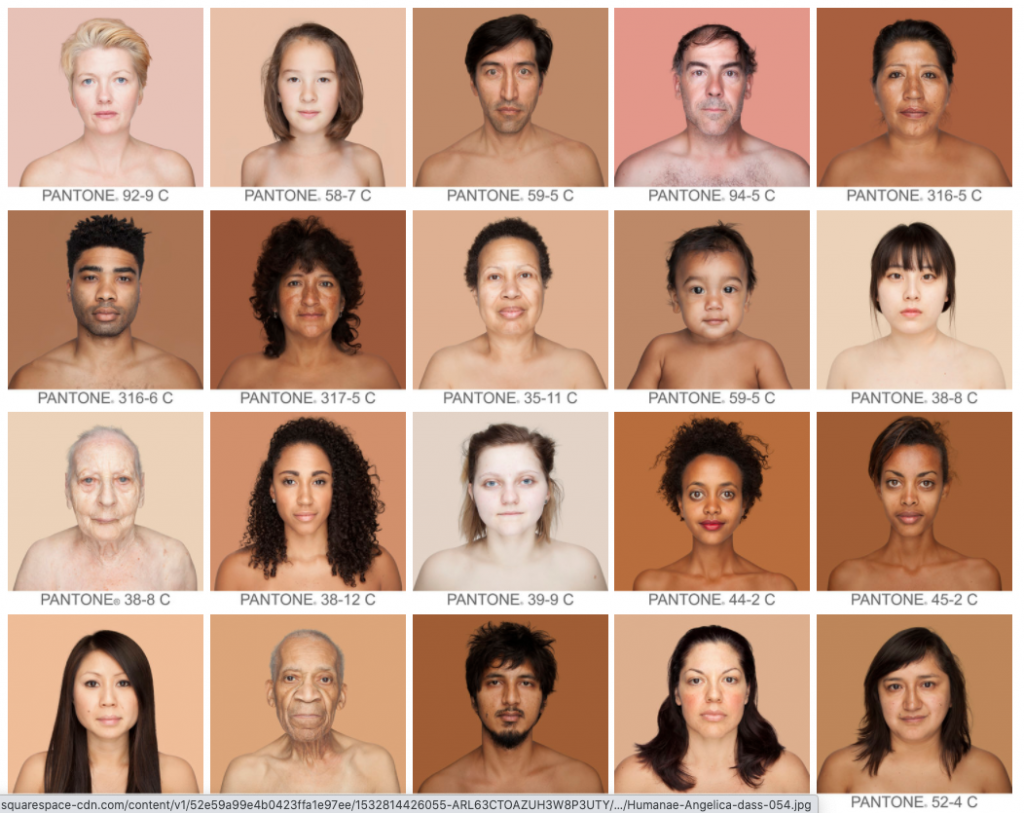
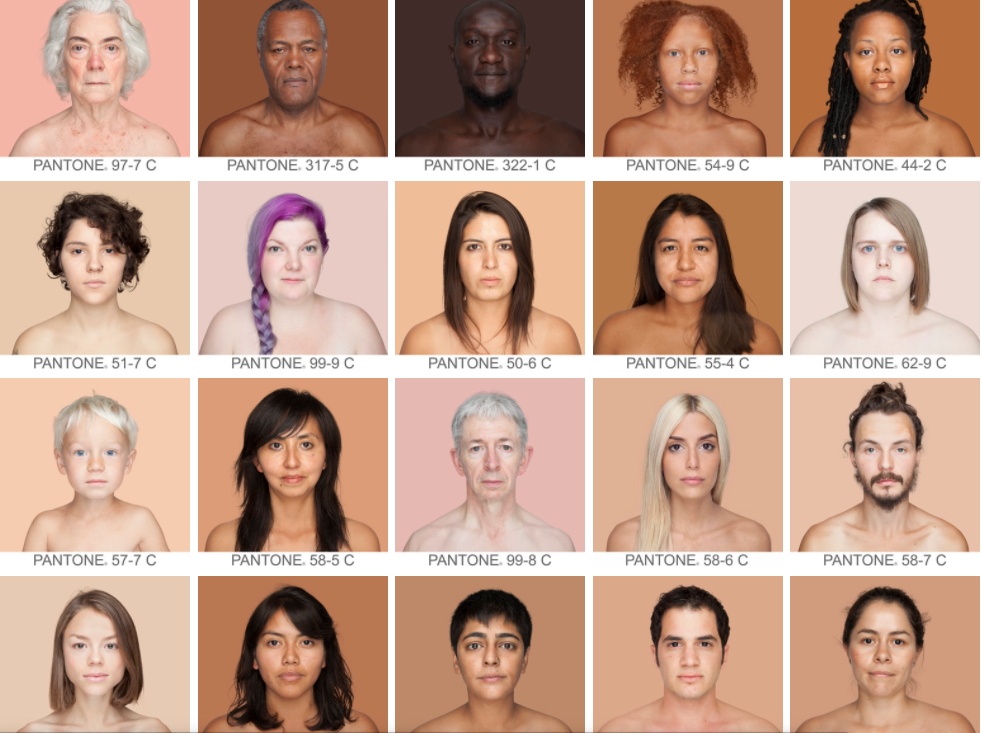
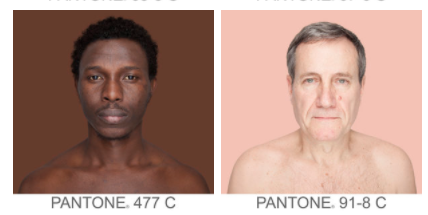

Comments 4
Ronald Beer — February 22, 2021
Remarks that should be required reading in every high school curriculum.
White people made everything about race – The Bill Gay Show — March 21, 2023
[…] and essays and articles written about both race, racism and the harmful effects both have on those classified as non-white time and time […]
White people made everything about race – BLK ALERTS — March 21, 2023
[…] and essays and articles written about both race, racism and the harmful effects both have on those classified as non-white time and time […]
White people made everything about race – News On Media — March 22, 2023
[…] and essays and articles written about both race, racism and the harmful effects both have on those classified as non-white time and time again. White people created race as a classification system to make […]